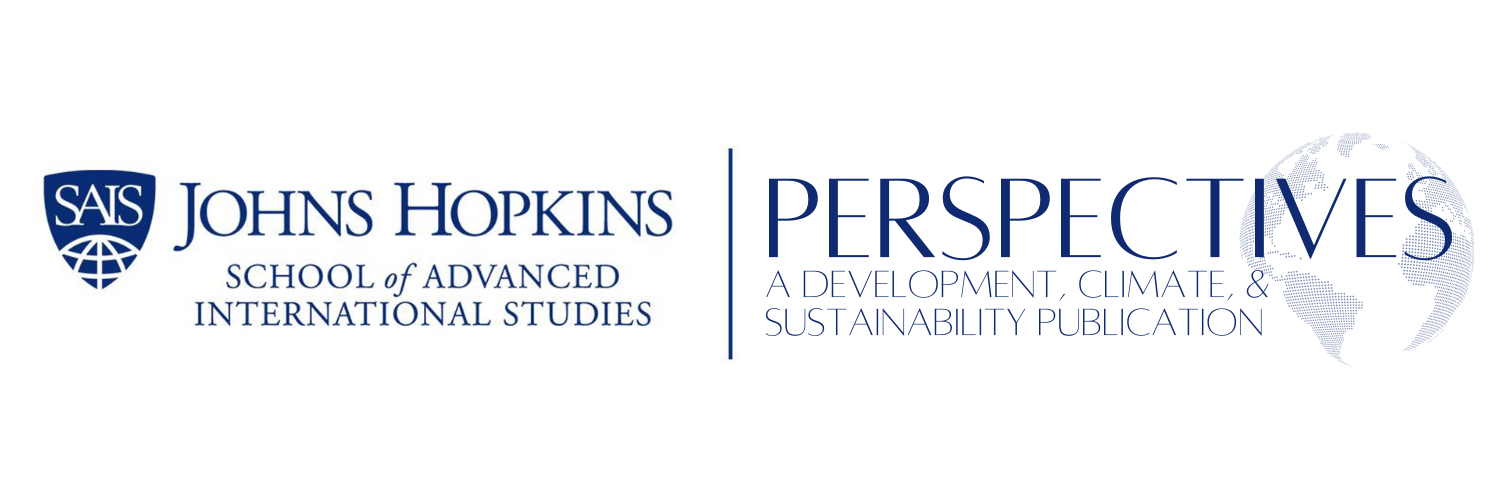BY NINA DAVIS
Nina Simone Davis is a MAIR student at SAIS studying Development, Climate, and Sustainability in Asia. Prior to attending SAIS, she earned her BA in International Studies from Johns Hopkins University with minors in Islamic Studies and Economics. Upon graduation she hopes to support multilateral relations between MENA and Asia to ensure greater energy security while lowering carbon emissions.
We know to fear lions, tigers, and bears - but how about wind turbines, rattlesnakes, and mosquitoes? In a report by journalist Russell Gold, the citizens of Sweetwater, Texas have witnessed an explosion of all three since 2017. Acres of dumped 200-foot-long wind turbine blades are the cause. Thousands of blades are delivered to the small town each year cut into three pieces equivalent to the length of a school bus. This ritualistic dumping has stacked these blades into piles 10 feet high covering more than thirty acres. This draws attention to hypocrisy within the renewable energy sector when they assert that green energy is good for the environment while it continues to lack sustainable circularity.
The numerous piles of wind turbine pieces have not only become an eyesore to locals but a health hazard to families in the surrounding areas. The dumping site is not fenced in, meaning curious children could easily become the victim of a territorial rattlesnake. Once divided, these blades provide the perfect set of dark crevices for a growing rattlesnake family to hide from the Texas sun. To make matters worse, when it rains the still water accumulates inside the thousands of cut blades breeding scourges of mosquitos. With rising numbers of both species, Sweetwater begins to feel like the biblical plagues that descended upon Egypt. Yet the culprit of these plagues is less divine.
Actors responsible for this threatening development are the Internal Revenue Service (IRS) and Global Fiberglass Solutions. The IRS initially ruled that a wind farm could collect federal tax credits for the first 10 years of operation. In 2016 the IRS amended the rule stating that wind farms could continue to collect these tax credits if they “repowered” their turbines, meaning a bulk replacement of their equipment with new parts. However, this prompted companies to replace their blades before their expected 20-year lifespan.
Enterprises like Global Fiberglass Solutions were paid to remove the outmoded blades with the intention of recycling them. Global Fiberglass Solutions established its business in an old aluminum recycling plant in Sweetwater where the blades were set to be grounded into coarse sand and sold. This sand is a reusable material that can be used to make pallets, railroad ties, and flooring panels. The company stacked thousands of blades in Texas and Iowa with the promise that it would be a temporary holding place but both places quickly turned into a dumping ground.
The actions of Global Fiberglass Solutions signal a more expansive issue in green energy. The Solar Investment Tax Credit, for example, reduced expenses for resident and commercial customers by almost 30% between 2006 and 2019, but in 2023 this figure was expected to drop to 10%. This drop did not occur, but it still intensified the demand for solar panels, on top of conversion efficiency for solar panels improving by 0.5% each year for the past decade and lower production costs. The end consumer is motivated to preemptively replace their current solar panels because of impending higher costs, increased efficiency, and cheap prices. Under these conditions consumers nationwide replaced their solar panels before their 30-year life cycle.
The Harvard Business Review expected consumers would replace their solar panels halfway through their lifespan contributing to a significant amount of waste. According to their model, early replacement will cause about 347,228 tons (325,000 metric tonnes) of waste. As of now, there is only one US panel manufacturer with a recycling initiative. It can only focus on its products which at global capacity can recycle two million panels annually. However, it costs $20 to $30 to recycle one panel but only $1 to $2 to put it in a landfill. As it stands, financial incentives for recycling these solar panels as well as the infrastructure to do so are simply nonexistent.
The issue of circularity connects both the wind and solar sectors; therefore, there must be an internal audit within the public and private sectors. The IRS must think critically about the indirect impacts of their policies and pay attention to consumption trends post-implementation. The government must also financially incentivize recycling for producers as well as fund growth in this service area. As for the private sector, they must also take responsibility for their waste by considering the full life-cycle of their products. As consumers, we must advocate for circularity in all goods.
This blog was written for Professor Nina Gardner’s Corporate Sustainability, Business and Human Rights course at Johns Hopkins SAIS DC Campus
Photo Credit: aliaksandrbarysenka, licensed with Canva Pro

